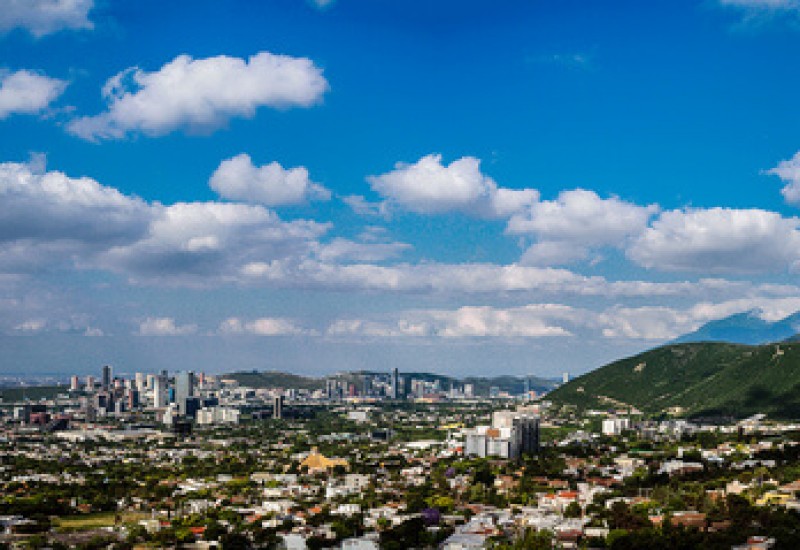A city on the move
Guangzhou, historically also known as Canton, has undergone tremendous changes over the past few decades. Known as one of the largest manufacturing and export hubs in China, the city has attracted millions of migrants from other parts of the country in search of economic opportunities. However, this rapid influx of migrants has also led to rising inequality between long-time residents and newcomers, as well as the emergence of socioeconomic disparities within different neighborhoods of the city.
Old neighborhoods embracing change
In the 1980s when the writer was born, neighborhoods like Xiguan still retained a close-knit community feel where residents knew one another. However, as Guangzhou transformed into a cosmopolitan metropolis, many old neighborhoods struggled to preserve their social fabric and cultural identity amidst the tidal waves of migration and development. While places like Xiguan have managed to retain some semblance of their old ways where residents still greet each other, most other areas have become more impersonal with people often not knowing their own neighbors.

Emergence of disparities based on location
On the outskirts of the city in districts like Panyu and Baiyun, the writer notes a higher prevalence of crimes, workplace safety issues and public disturbances. In contrast, central areas within the inner city like Tianhe, Haizhu, Yuexiu and Liwan tended to be safer, cleaner and better organized. Affluent Guangzhou residents also preferred living in the middle of the city rather than the farther suburbs, highlighting the socioeconomic polarization between urban and peripheral neighborhoods.
Thriving commerce but challenges for migrants
A hub for trade attracting merchants from afar
Guangzhou’s reputation as a commercial center is reflected by streets like Xiao Bei Lu lined with shops catering to foreign customers. Merchants from other parts of China have found opportunities selling everything from food to clothing and electronics to tourists. However, some exploit the language and cultural barriers faced by outsiders to overcharge for goods and services.
Lack of local networks for newcomers
For economic migrants unfamiliar with Cantonese, the lingua franca in Guangzhou, integrating and building social support systems proved challenging. Unlike locals deeply rooted within tightknit ethnic communities, migrants struggled to find their place in an increasingly heterogeneous urban milieu where long-time natives dominated local social networks. The lack of familiarity with the host environment and reliance on ethnic enclaves often reinforced migrants’ socioeconomic vulnerabilities.
Rising inequality testing social cohesion
Widening disparities in living standards
Over the decades, rising property values and cost of living in central Guangzhou have pushed less affluent populations to the urban fringe. Massive gated luxury compounds emerged in the inner city alongside sprawling slums in the outskirts, highlighting the growing wealth gap between urban poor and new rich. While entrepreneurs and skilled workers prospered, many informal sector migrants struggled with socioeconomic precarity and lack of public services in deprived neighborhoods.
Threats to social solidarity
Strong divisions have emerged among locals, migrants and new city dwellers along lines of ethnicity, occupation, and place of residence. With disparate experiences shaped by their status, navigating an increasingly heterogeneous populace with competing interests has tested Guangzhou’s social fabric. As inequality rises within neighborhoods and across the city, upholding social cohesion and inclusive development for all communities will be an ongoing challenge for urban authorities and civil society.
Towards a more equitable and united Guangzhou
Bridging divisions through community empowerment
To promote solidarity, grassroots organizations have worked to strengthen bonds between new arrivals and long-time locals. Community centers provide migrants access to vocational training, healthcare and legal aid while encouraging inter-ethnic mingling. Supporting migrant entrepreneurship and workers’ cooperatives also helps narrow the socioeconomic divides undermining social cohesion.
Equitable urban planning and public services
As Guangzhou plans for the future, prioritizing affordable housing, reliable public transport, healthcare and education accessible to all residents regardless of their origin or neighborhood is key. Zoning regulations and infrastructure development must consider the needs of disadvantaged groups to prevent further spatial entrenchment of inequalities. With good governance and inclusive growth, Guangzhou’s diverse communities can thrive together in shared prosperity.
In conclusion, Guangzhou’s rapid transformation presents both opportunities and challenges for its residents old and new. By adopting inclusive and equitable developmentpolicies, the city aims to leverage its economic dynamism while upholding social solidarity among its diverse population into the future.

